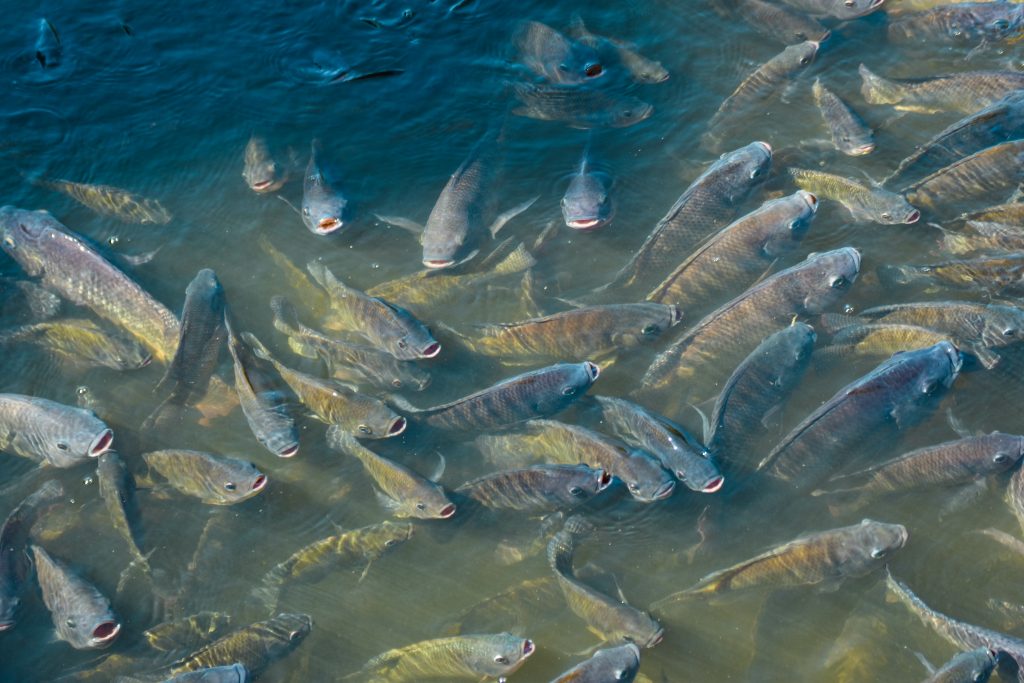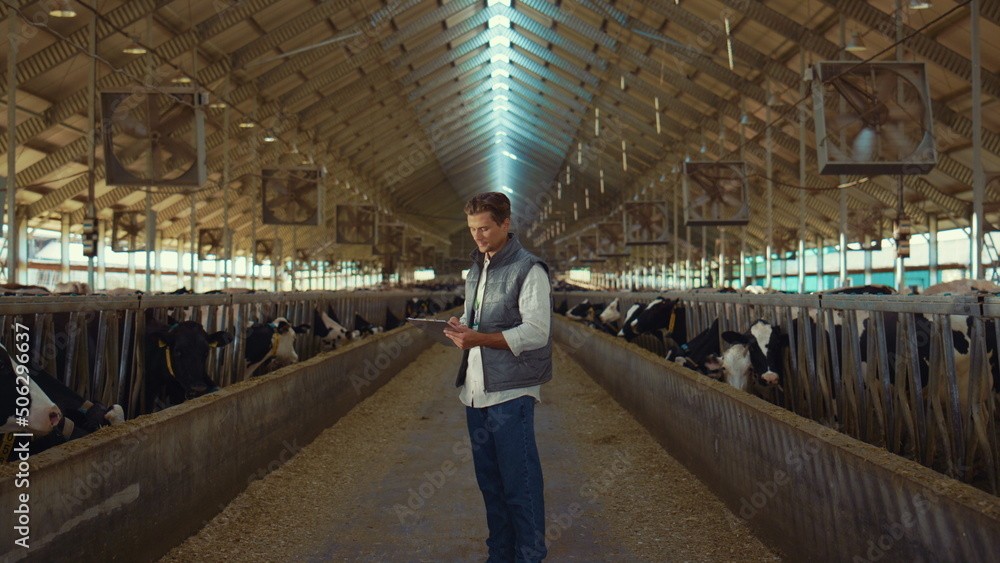Challenges
- 1 Prevent from
coccidial risk - 2 Poultry
red mites - 3 Oxidative
stress - 4Feed
efficiency - 5Feed
palatability - 6Ammonia
émissions
Issues
Prevent from coccidial risk
Caused by a highly contagious intestinal parasite Eimeria, coccidiosis is a serious issue mainly related to poultry. Economic losses occur through increased feed conversion, poorer growth and higher mortality. Global economic losses from coccidiosis are estimated to be more than $ 3 billion per year. In addition, coccidiosis can contribute to the outbreak of secondary infections, such as clostridiosis, responsible for necrotic enteritis. Besides the use of coccidiostats or vaccines to control coccidiosis, botanicals can be a valuable and efficient alternative solution.
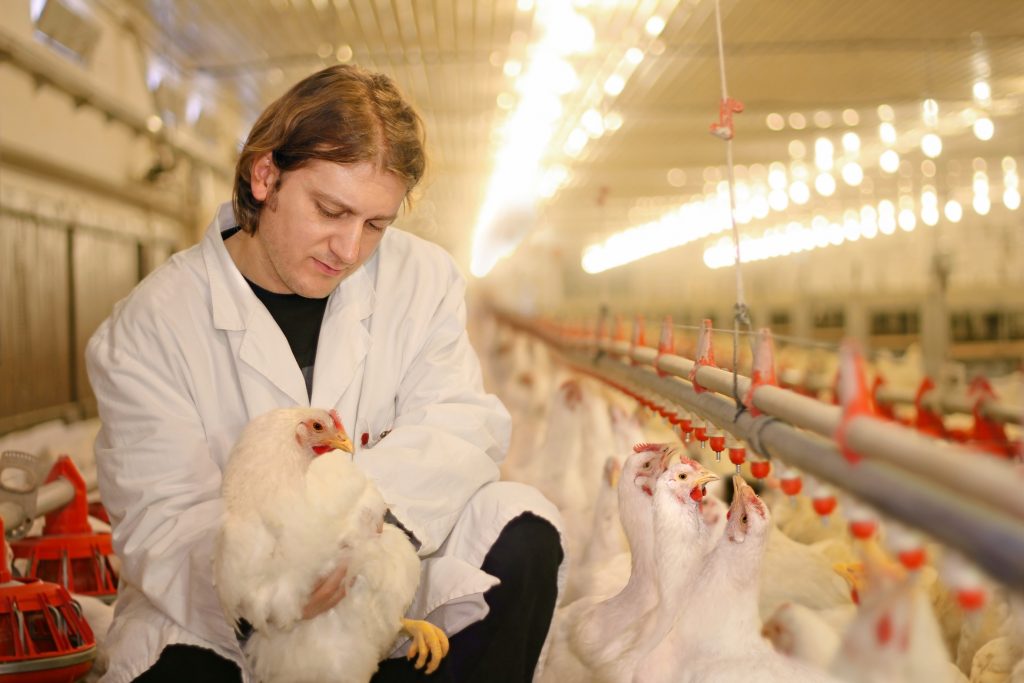
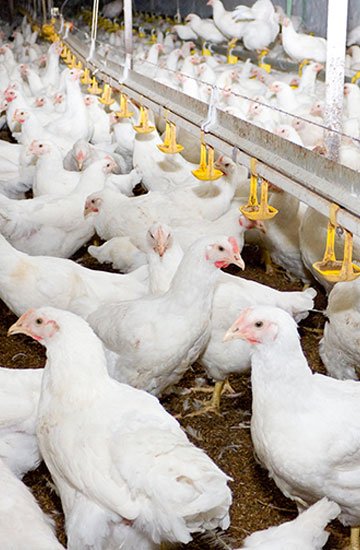
Issues
Contributing to the control of red mite populations
Widespread in Europe, Asia and North Africa, poultry red mites represent a real problem for laying hen farms with an estimated annual cost of more than 130 million Euros globally. When nothing is done, this nocturnal parasite feeds on the blood of the hens, to lay eggs and grow its population exponentially.
Numerous control methods have been developed over the past decades, including the use of acaricides which often leads to the development of resistance. An integrated approach including detection, prevention and contact treatment is the only way to control poultry red mite populations in an efficient and durable way.
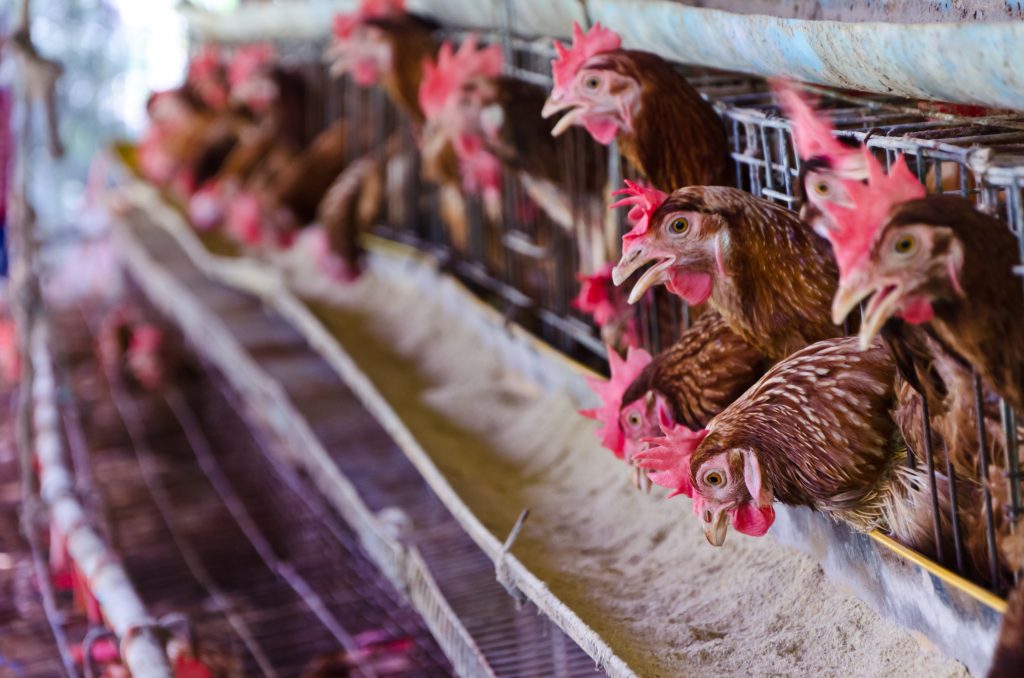

Issues
Compensate oxidative stress
Oxidative stress is a physiological state where the production of harmful compounds (free radicals) overcomes the antioxidant defenses of the organism, resulting in a disruption of the oxidative balance.
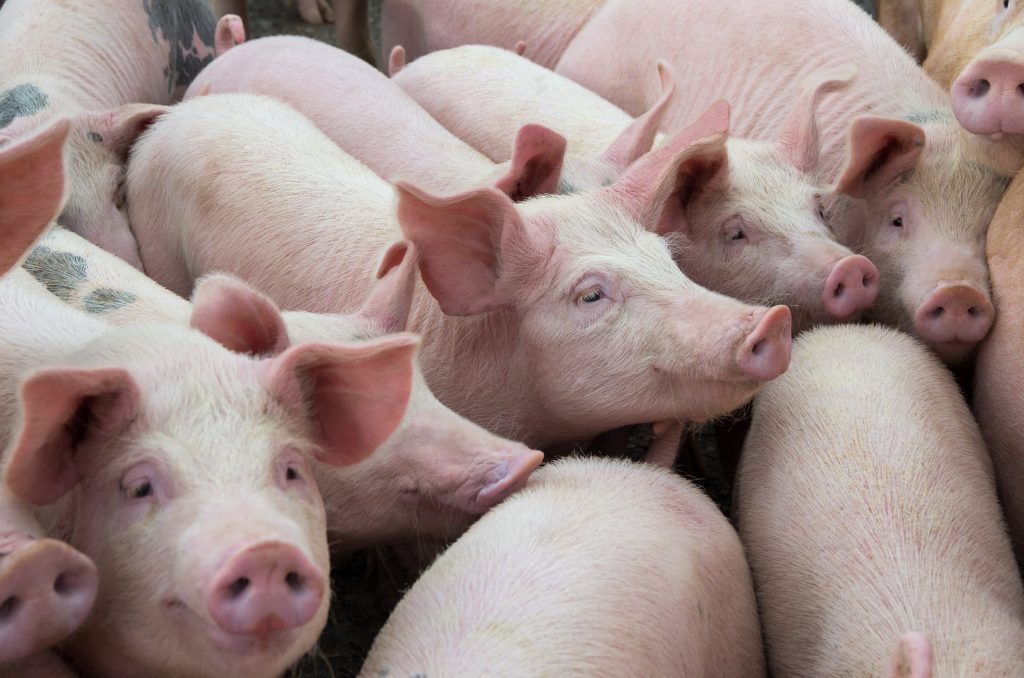
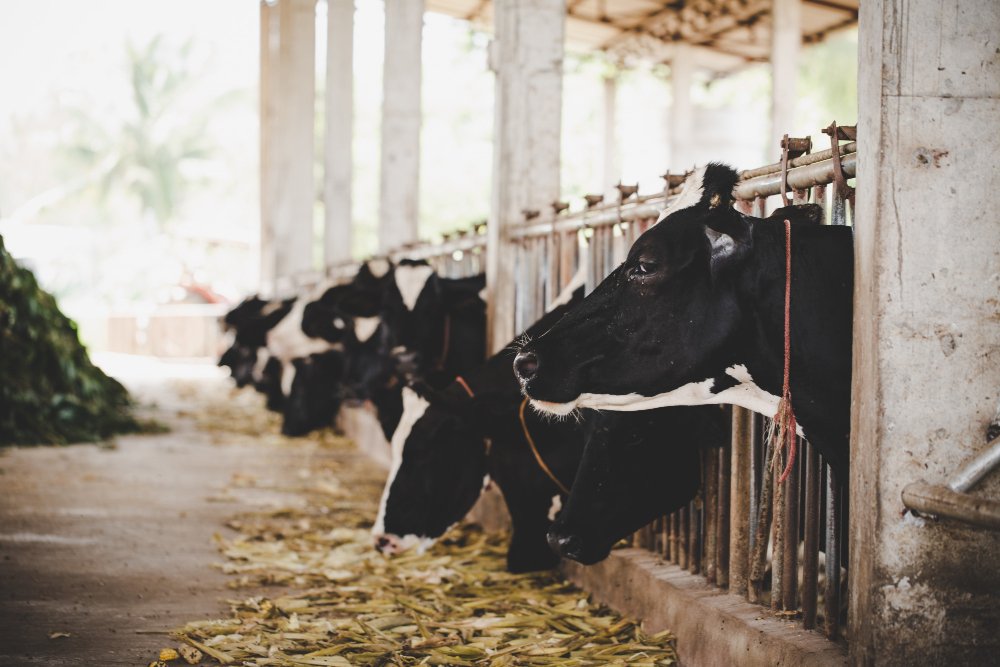
Issues
Improve feed efficiency
In a context where food resources are limited for both human and animal nutrition, it is important to realign our global food strategies and find new sustainable solutions to meet the global need for animal protein. Feed efficiency, which is the ratio of the amount of feed consumed to the amount of protein produced by the animal, allows us to evaluate the value of the ration. Solutions exist to improve this efficiency and thus offer the same amount of animal protein for human consumption using fewer resources.
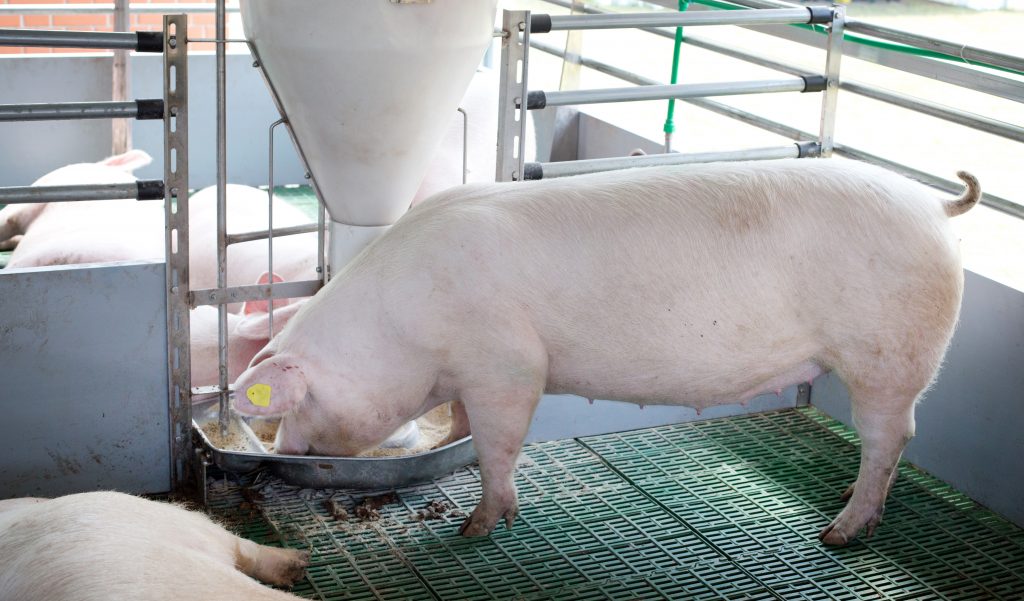
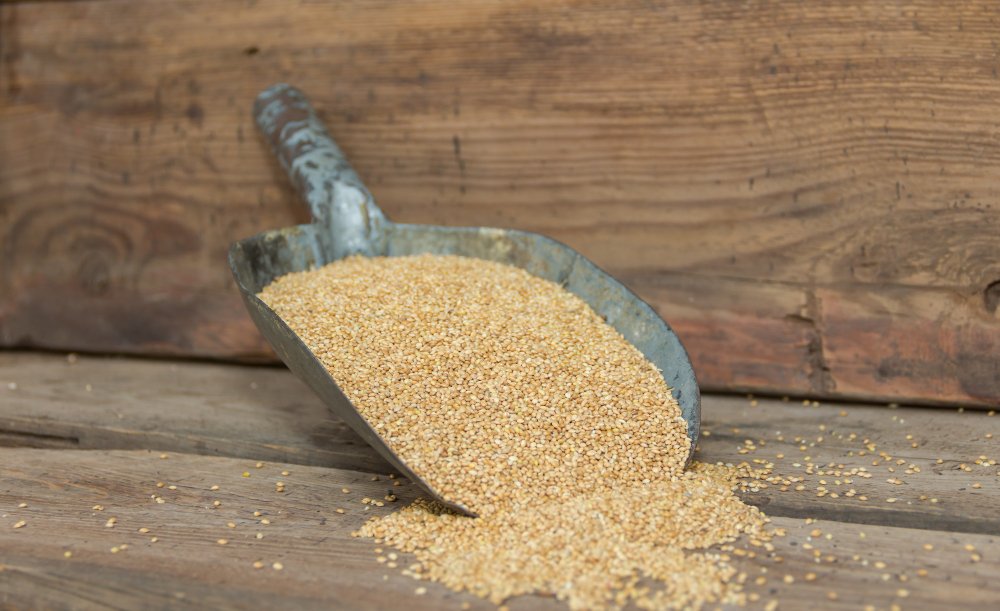
Issues
Improve feed palatability
Palatability is a complex notion that can be defined as the acceptability of the feed by the animal, influenced by the environment and preconditioning aspects, taking into account not only the sensorial properties of the feed but also its post-ingestive effects (which are associated, as part of the learning phenomenon).
Palatability is an essential parameter in animal nutrition management. It has an influence on feeding activity and feed intake, which contribute to the supply of nutrients to meet maintenance, growth and production needs in different conditions, and thus to the performance of the farm.
To improve palatability, solutions exist, allowing to be part of an optimized feeding strategy.
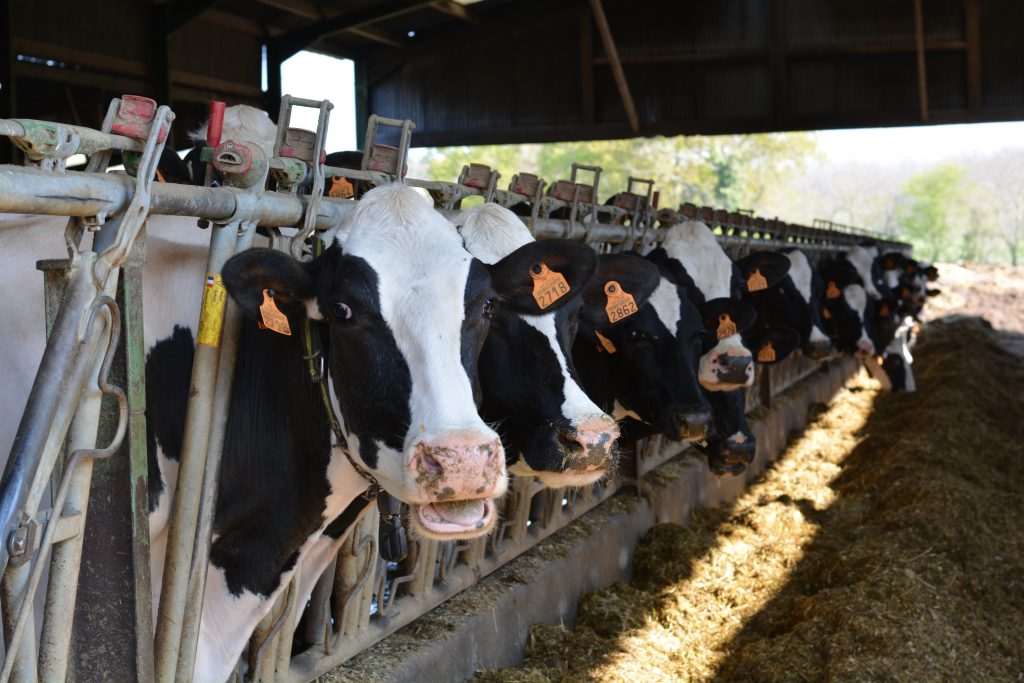
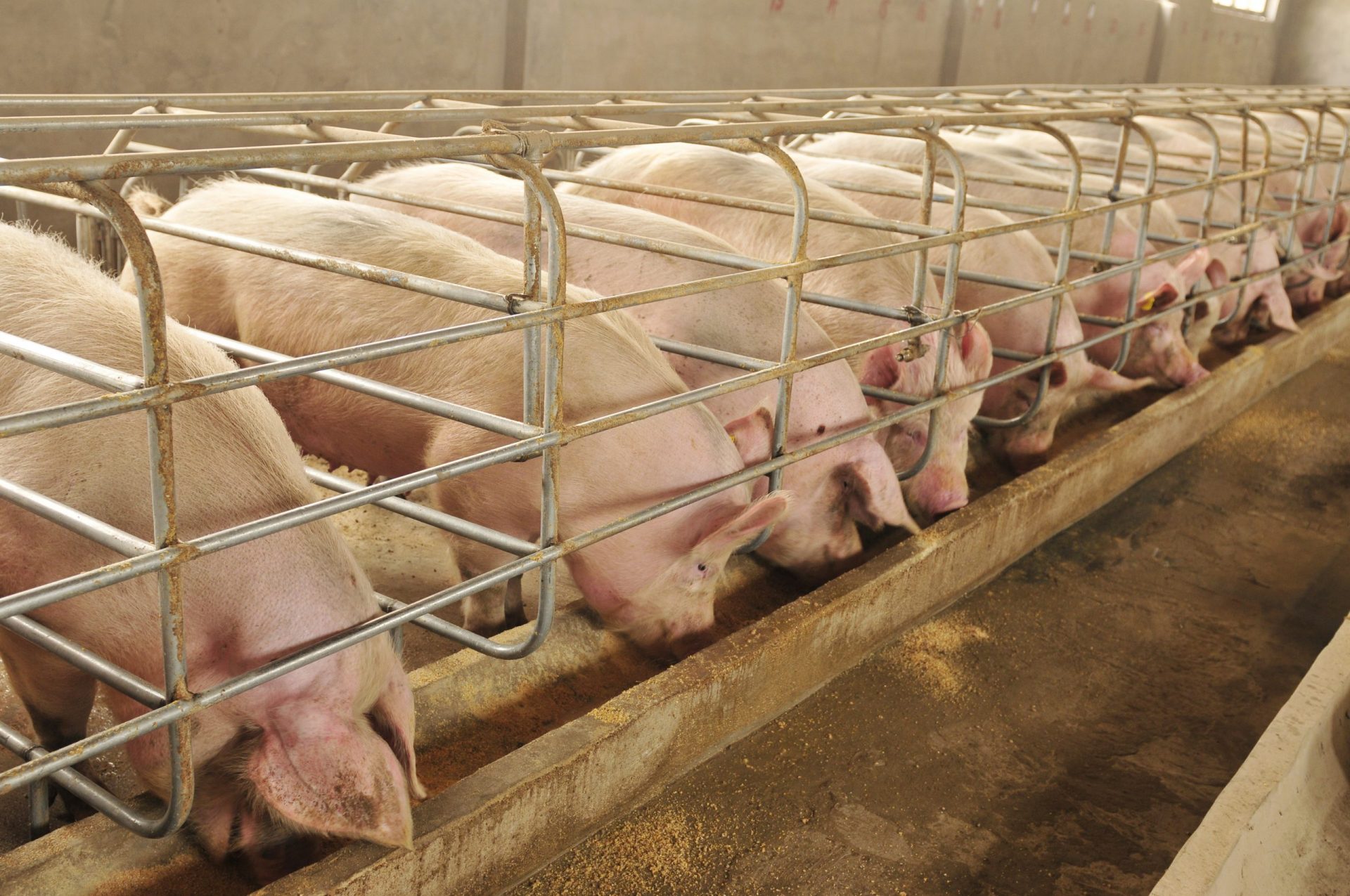
Issues
Reduce ammonia emissions
Ammonia (NH3) is a colorless and harmful gas, naturally produced by certain bacteria when degrading urea or uric acid present in the faeces of animals. This gas causes two major problems: on the one hand, the impact on the animals’ health (irritation, increased sensitivity to certain diseases, reduced performance, etc.) and on the other hand, the impact on the environment through air and soil pollution. Ammonia emissions in animal husbandry impact all types of production and represent a key point to control to guarantee the good health of the animals. In aquaculture, ammonia (NH4), the aqueous form of ammonia, causes the same disorders as the gaseous form in land animals.
